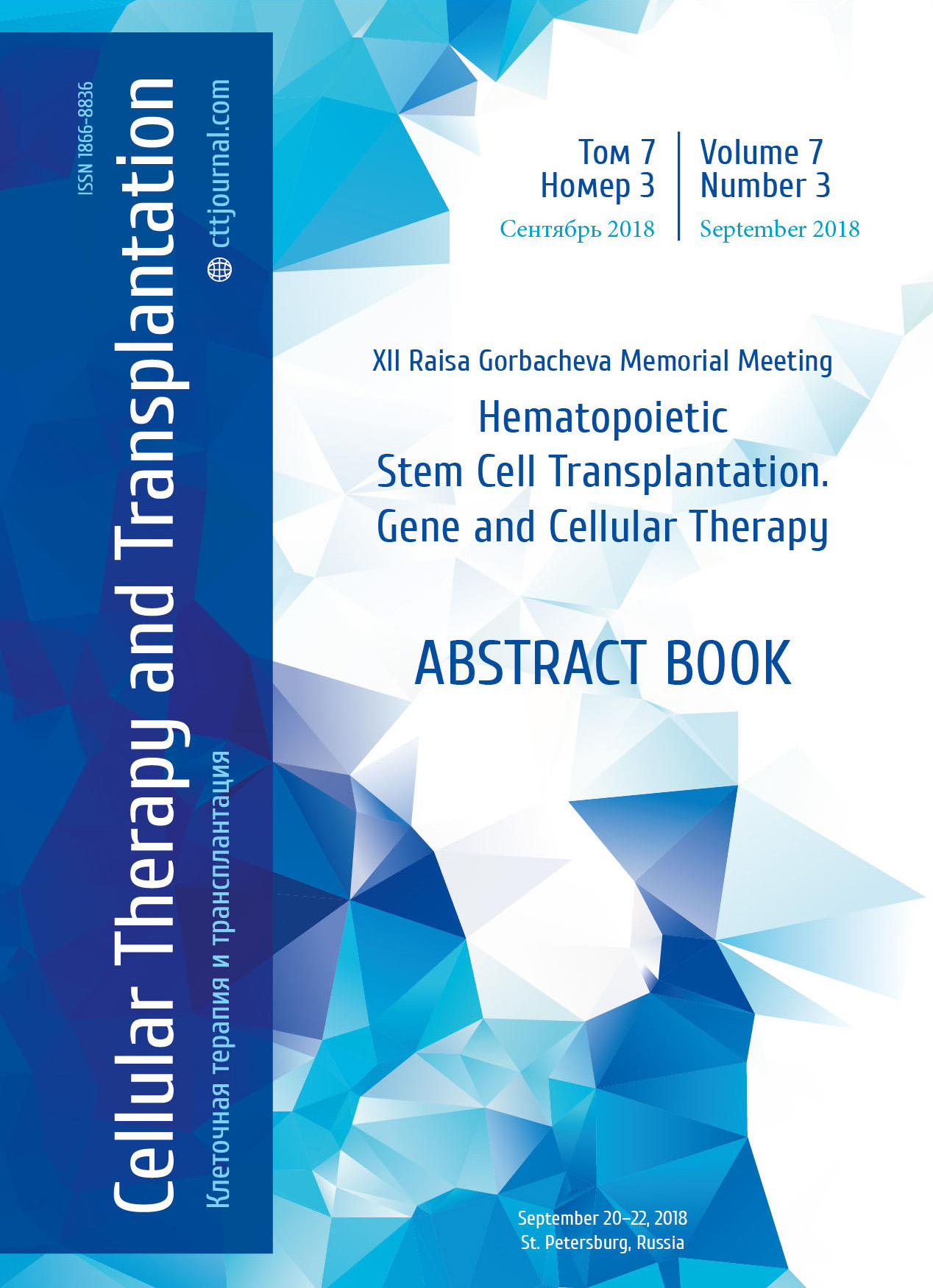A model for interaction between hematopoietic stem cells potential donor’s regional registry and transplant material harvesting center: experience of Kirov Research Institute of Hematology and Blood Transfusion
Summary
Introduction
At present, the need for national health care in allogeneic bone marrow transplantation is insufficiently met. A necessary condition for performing of allogeneic hematopoietic stem cell transplantation (allo-HSCT) is the presence of an HLA-matched donor. In the absence of such among relatives, an unrelated donor is sought and mainly in foreign registries. The practice of attracting Russian donors is extremely low, due to the small number of local registries, the lack of scientifically based approaches to filling them, taking into account the genetic diversity of donors and provided contingents, the lack of a well-functioning mechanism for examining matched donors, obtaining, storing, transporting the hemopoietic material, taking into account the territorial disconnection of the transplantation center and place of donor residence. Considering this, it is required to create system that meets the national healthcare principles. This paper represents 5-year experience of hematopoietic stem cells (HSC) potential donors regional registry of the Federal State Facility “Russian Medical Research and Production Center “Rosplasma” in Kirov and the center for the transplant material harvesting on the basis of the Federal State Institute of Science “Kirov Research Institute of Hematology and Blood Transfusion” subordinating to the Federal Medical and Biological Agency of Russia. The aim of the research is analysis of the effectiveness of interaction between HSC donor regional registry and the center for the transplant material harvesting in providing of russian transplant centers with cellular material from russian unrelated donors, based on the 5-year experience.
Results
The total number of potential donors in the HSC regional registry on July 1, 2018 was 35,649 persons. This is 43.3% of all HLA-genotyped unrelated potential donors in Russia. From 2013 to 2018 we performed 118 cellular material harvests for 10 transplant centers in Russia and the near abroad countries, this represents 51.9% of the total number of HSC donations from Russian unrelated donors. In 37.1% for the graft preparation bone marrow was collected, in the remaining 62.9% – apheresis was used. Selection of the HSC harvesting method was based upon decision of the potential donor with consideration of medical contraindications, and the transplantation center preferences. Before the graft preparation, all HSC donors were screened for significant bloodborne infections. Before issuing of cellular material consistency with approved specification of the quantitative and qualitative characteristics were assessed. In apheresis collection the CD34+-cells content in the transplantation material averaged 5.3x106/kg, in marrow collection – 3.6x106/kg of the patient’s weight. The duration of transport of the cellular material from the harvesting center to the transplant clinic was 16.3 hours on average. According to the reports, submitted by the transplant clinics, the deviations of the quantitative indicators from the initial data were minimal, amounting to 1-2% and did not depend on the transportation period. The time span from the donor activation to transplant delivery was less than 8 weeks. All processes were carried out in accordance with requirements of the quality management system and a set of standard operating procedures developed in the institution.
Conclusion
Interaction pattern between two institutions, subordinating to the Federal Medical and Biological Agency of Russia, is the basis of Russian model of cellular material providing for unrelated transplantations for clinics in Russian Federation. This model implies the whole complex of necessary measures: recruitment of potential donors, assessing the quality of harvested cellular material, its distribution and shipment to transplant clinic. The received data testify to high efficiency of the created system. Experience could be extended to the practice of other local HSC registers in Russia and taken as a basis for the national hematopoietic material providing system formation.
Keywords
Donor’s bone marrow registry, allogeneic hematopoietic stem cell transplantation, unrelated donor hematopoietic stem cells.


